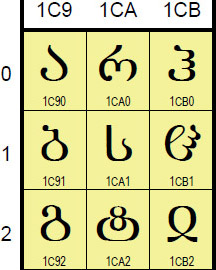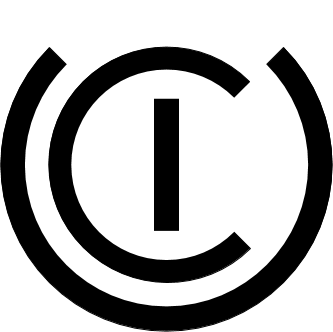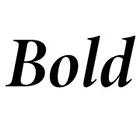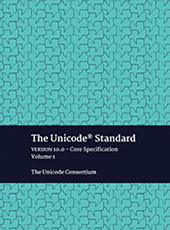
The beta review period for Unicode 11.0 has started. The Unicode Standard is the foundation for all modern software and communications around the world, including all modern operating systems, browsers, laptops, and smart phones—plus the Internet and Web (URLs, HTML, XML, CSS, JSON, etc.). The Unicode Standard, its associated standards, and data form the foundation for CLDR and ICU releases. Thus it is important to ensure a smooth transition to each new version of the standard.
Unicode 11.0 includes a number of changes. Some of the Unicode Standard Annexes have modifications for Unicode 11.0, often in coordination with changes to character properties. In particular, there are major changes to UAX #29, Unicode Text Segmentation. Seven new scripts have been added in Unicode 11.0, including Hanifi Rohingya. A major adjustment has been made to the Georgian script, with the introduction of uppercase Georgian letters. There are also 66 additional emoji characters.
Please review the documentation, adjust your code, test the data files, and report errors and other issues to the Unicode Consortium by April 23, 2018. Feedback instructions are on the beta page.
See
http://unicode.org/versions/beta-11.0.0.html for more information about testing the 11.0.0 beta.
See
http://unicode.org/versions/Unicode11.0.0/ for the current draft summary of Unicode 11.0.0.
About the Unicode Consortium
The Unicode Consortium is a non-profit organization founded to develop, extend
and promote use of the Unicode Standard and related globalization standards.
The membership of the consortium represents a broad spectrum of corporations and organizations, many in the computer and information processing industry. Members include: Adobe, Apple,
Emojipedia, Facebook, Google, Government of Bangladesh, Government of India, Huawei, IBM, Microsoft, Monotype Imaging, Netflix,
Sultanate of Oman MARA, Oracle, SAP, Shopify,
Symantec, Tamil Virtual University, The University of California (Berkeley),
plus well over a hundred Associate, Liaison, and Individual members. For a complete member list go to
http://www.unicode.org/consortium/members.html.
Over 130,000 characters are available for adoption, to
help the Unicode Consortium’s work on digitally disadvantaged languages.
![[badge]](http://www.unicode.org/announcements/ynh-infinity.png)
 Unicode® ICU 61 has just been released. This version upgrades to CLDR 33, has a new Java implementation for number and currency parsing, and includes many small API additions, improvements, and bug fixes.
Unicode® ICU 61 has just been released. This version upgrades to CLDR 33, has a new Java implementation for number and currency parsing, and includes many small API additions, improvements, and bug fixes.
 Unicode CLDR 33 provides an update to the
key building blocks for software supporting the world’s
languages. This data is used by all major software systems
for their software internationalization and localization,
adapting software to the conventions of different languages
for such common software tasks.
Unicode CLDR 33 provides an update to the
key building blocks for software supporting the world’s
languages. This data is used by all major software systems
for their software internationalization and localization,
adapting software to the conventions of different languages
for such common software tasks. The beta review period for Unicode 11.0 has started. The Unicode Standard is the foundation for all modern software and communications around the world, including all modern operating systems, browsers, laptops, and smart phones—plus the Internet and Web (URLs, HTML, XML, CSS, JSON, etc.). The Unicode Standard, its associated standards, and data form the foundation for CLDR and ICU releases. Thus it is important to ensure a smooth transition to each new version of the standard.
The beta review period for Unicode 11.0 has started. The Unicode Standard is the foundation for all modern software and communications around the world, including all modern operating systems, browsers, laptops, and smart phones—plus the Internet and Web (URLs, HTML, XML, CSS, JSON, etc.). The Unicode Standard, its associated standards, and data form the foundation for CLDR and ICU releases. Thus it is important to ensure a smooth transition to each new version of the standard.![[badge]](http://www.unicode.org/announcements/ynh-infinity.png)
 The Unicode Consortium is inviting artists and designers to submit cover design proposals for Versions 11.0 and 12.0 of The Unicode Standard. This call is being issued simultaneously for the next two versions of the standard, scheduled for publications in 2018 and 2019, respectively.
The Unicode Consortium is inviting artists and designers to submit cover design proposals for Versions 11.0 and 12.0 of The Unicode Standard. This call is being issued simultaneously for the next two versions of the standard, scheduled for publications in 2018 and 2019, respectively.

